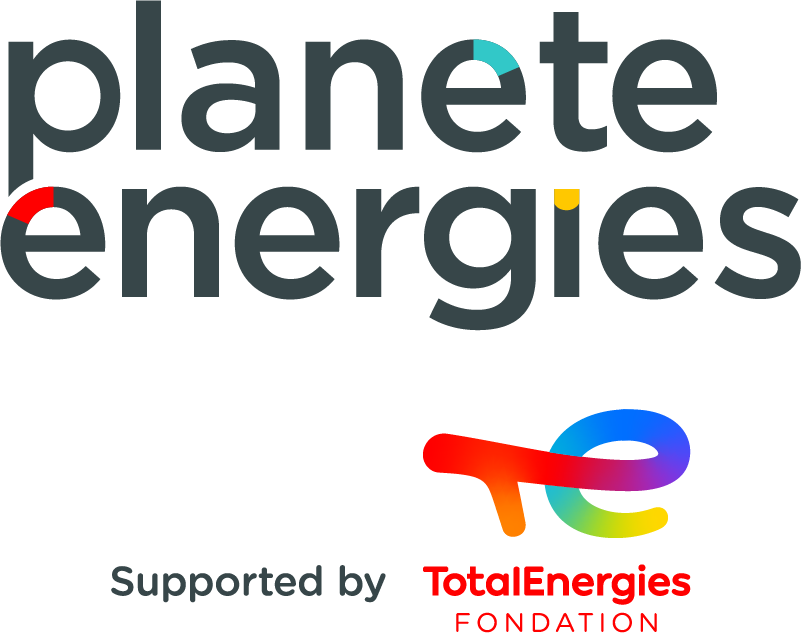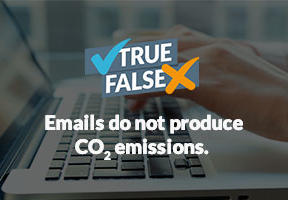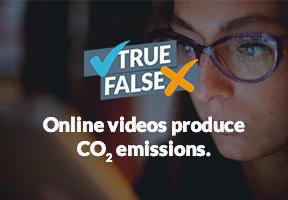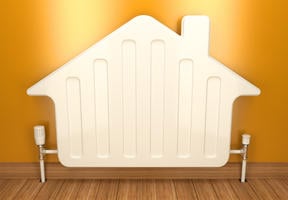Reconcile Digital Technology and Energy Consumption
5 min read
Digital technology accounts for 3 to 4% of the world's energy consumption, and the number of digital devices and connected objects is increasing. But this increase is not inevitable: higher efficient equipment and more demanding standards are curbing consumption. By collecting digital data, smart cities and smart grids also make it possible to better understand each other's consumption cycles and thus optimize them.
Is it possible to reconcile digital technology and energy consumption?
Digital sector = 3% to 4% of global consumption – all energy types.
Digital sector = 6% to 10% of global consumption – alone.
While digital technology is increasingly present in our lives, certain factors are helping reduce energy consumption:
• Demand for smartphones and laptops is stabilizing.
• Equipment is increasingly efficient.
• Standards are tightening. But a steady stream of new connected devices is also hitting the market.
These consume a lot of energy, even in standby mode.
But energy-saving solutions do exist. Example: data centers could be cooled with outside air or cooling instead of electricity.
On a larger scale, there are “smart cities”.
These cities provide better services to inhabitants, while using less energy.
In Issy-les-Moulineaux in France, residents’ Internet routers analyze their energy consumption and make suggestions on how they can reduce it.
Another solution is the use of “smart grids”.
These grids facilitate the flow of information between suppliers and consumers.
Their purpose: optimize power generation, distribution and storage and encourage the use of renewable energies.
Summary:
➢ Digital sector = 3% to 4% of global energy consumption.
➢ Reduction possible thanks to efficient equipment and better standards... But new connected devices are hitting the market.
➢ Potential solution: smart cities, which provide better services using less energy.
➢ Potential solution: smart grids, which collect data and use it to optimize consumption.





















